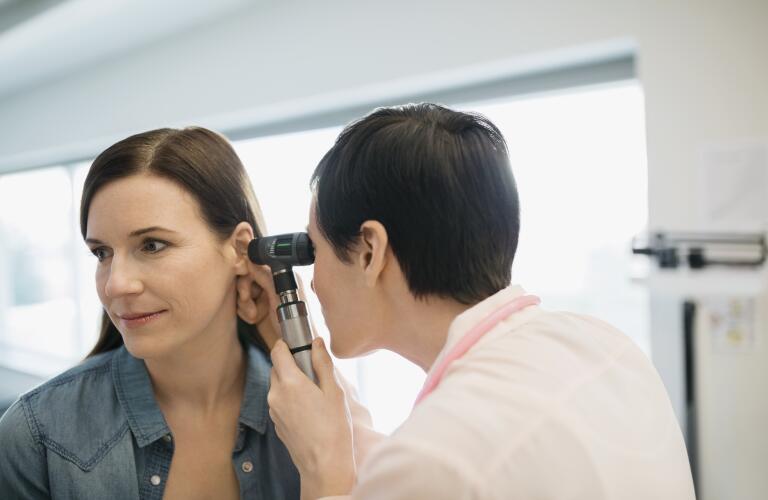How to Safely Remove Ear Wax at Home

Image Source – Google
Ear wax, also known as cerumen, is a natural substance produced by the glands in the ear canal. It helps protect the ears from dust, foreign particles, and microorganisms. However, sometimes ear wax can build up and cause discomfort or hearing problems. In such cases, it may be necessary to remove the excess ear wax. While it's always best to consult a healthcare professional for severe cases, there are safe methods you can try at home to remove ear wax.
Methods for Safely Removing Ear Wax
1. Softening Ear Wax
- Use ear drops: Over-the-counter ear drops can help soften the ear wax, making it easier to remove.
- Use olive oil: A few drops of warm olive oil in the ear can also help soften the wax. Lie on your side for a few minutes to let it work its way into the ear canal.
2. Flushing the Ear
- Use a bulb syringe: Fill the bulb syringe with warm water and gently squirt it into your ear to flush out the softened wax. Make sure to tilt your head to the side to allow the water to drain out.
- Use a wax removal kit: Some pharmacies sell ear wax removal kits that contain a solution to soften the wax and a bulb syringe for flushing it out.
3. Ear Irrigation
- Consult a healthcare professional: If you are unable to remove the ear wax at home or if you experience pain or hearing loss, it's best to see a doctor. They can perform ear irrigation using specialized tools to safely remove the wax.
Precautions to Take When Removing Ear Wax
1. Avoid Using Q-Tips
Q-tips or cotton swabs may push the ear wax further into the ear canal, causing blockage or damage to the eardrum.
2. Do Not Insert Objects Into Your Ear
Avoid using sharp objects such as hairpins or tweezers to remove ear wax, as they can cause injury to the ear canal or eardrum.
3. Never Use Cold Water for Flushing
Always use warm water when flushing your ear to prevent dizziness or discomfort due to the temperature difference.
4. Seek Medical Help If Needed
If you experience severe pain, bleeding, or sudden hearing loss, consult a healthcare professional immediately.
When to See a Doctor
While most cases of ear wax buildup can be safely treated at home, there are instances where you should seek medical help:
1. Severe Pain or Discomfort
If you experience intense pain, discomfort, or a feeling of fullness in the ear, consult a doctor for proper evaluation and treatment.
2. Sudden Hearing Loss
If you notice a sudden decrease in hearing ability, it may indicate a more serious underlying issue that requires medical attention.
3. Bleeding or Drainage from the Ear
If you see blood or any unusual discharge coming from the ear, do not attempt to remove the ear wax yourself. Seek immediate medical help.
Final Thoughts
Removing ear wax at home can be a simple and safe process if done correctly. By following the methods outlined above and taking necessary precautions, you can effectively manage ear wax buildup and prevent complications. Remember to consult a healthcare professional if you encounter any difficulties or if you are unsure about the best approach for your situation.